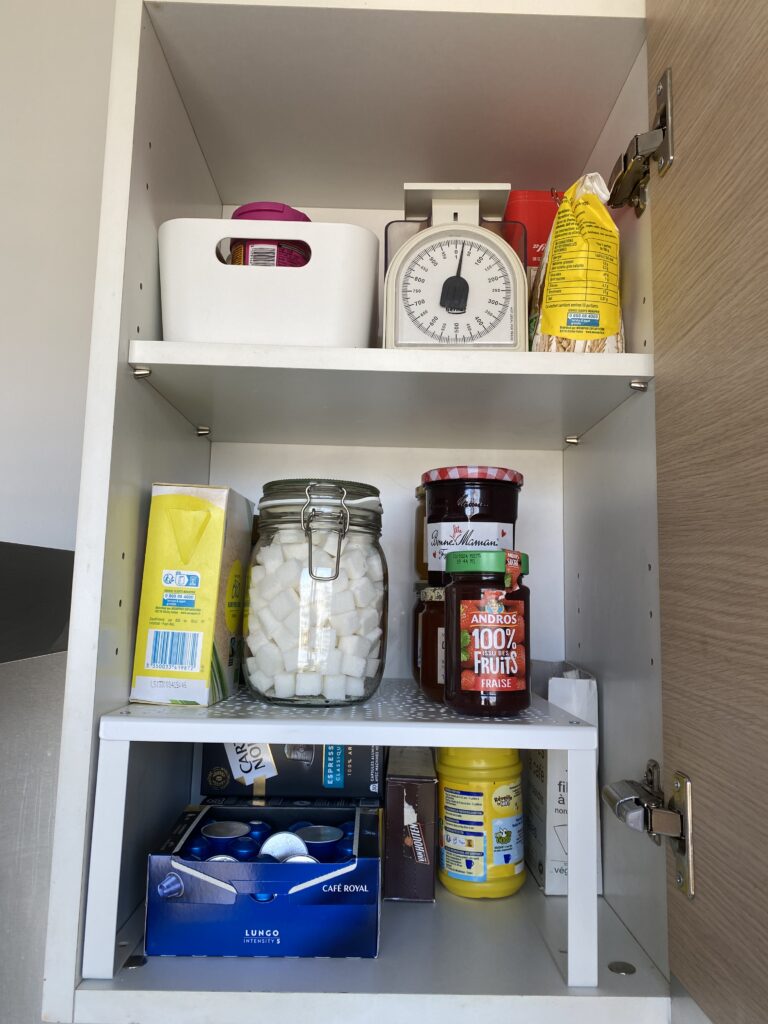Exploring the Different Reel Configurations and Their Effects on Gameplay
The Evolution of Reel Configurations in Slot Machines
The reel configuration of a slot machine has undergone significant changes over the years, transforming the way players experience gameplay. From traditional fixed paylines to modern dynamic reels, each innovation has aimed to enhance player engagement and provide new opportunities for winning. In this article, we’ll delve into the different reel configurations and their effects on gameplay.
Fixed Payline Reels
The earliest slot machines featured fixed paylines, which were a series of predetermined rollinmoney.com lines that ran horizontally or vertically across the reels. These paylines were often numbered from one to five or more, depending on the machine’s design. Players could choose to bet on specific paylines or opt for a maximum number of active paylines.
While fixed payline reels offered simplicity and clarity, they also limited players’ flexibility in terms of betting options. As technology advanced, manufacturers began to introduce features that allowed players to adjust their bet amounts and select specific paylines to activate.
Moving from Fixed to Variable Payline Reels
The introduction of variable payline reels marked a significant departure from traditional slot machine design. These machines featured multiple paylines, which were not fixed in place but rather adjusted dynamically based on the player’s bet amount and selected features.
Variable payline reels offered players greater flexibility and opportunities for winning. By adjusting their bets, players could activate additional paylines or opt for specific combinations of lines to suit their playing style. However, this added complexity sometimes made it difficult for players to understand which paylines were active or how much they cost to bet on.
The Rise of Dynamic Reels
Dynamic reels have further transformed the reel configuration landscape by offering a hybrid approach that combines elements of fixed and variable payline designs. These machines feature multiple reels with dynamic symbols that adjust their positions based on the player’s bets and selected features.
Dynamic reels often incorporate advanced mechanics, such as cascading reels or expanding wilds, which can lead to substantial payouts. By using algorithm-driven technology to determine winning combinations, manufacturers aim to create a more engaging experience for players while minimizing payout frequencies.
The Impact of Modern Reel Configurations on Player Behavior
The shift towards more complex reel configurations has had significant effects on player behavior and preferences:
- Increased player engagement: Dynamic reels and variable payline machines have successfully captured the attention of modern gamers, who crave excitement and unpredictability in their gameplay experiences.
- Changes in betting patterns: The flexibility offered by dynamic reels has led to changes in how players structure their bets. Players are now more likely to experiment with different combinations of activated lines and features to optimize their chances of winning.
- Growing demand for innovative features: Manufacturers have responded to the growing popularity of advanced reel configurations by incorporating new mechanics, such as 3D graphics and immersive storytelling elements.
Reel Configuration Options in Modern Slot Machines
Today’s slot machines come with a range of reel configuration options designed to suit different player preferences. Some common features include:
- 5 Reels: Classic design with five reels that have multiple rows, providing numerous opportunities for winning combinations.
- 4 Reels: A variation on the classic 5-reel machine, often featuring four reels with two or three rows and an increased number of paylines.
- 6 Reels: Machines with six reels, which offer even more ways to create winning combinations and are typically found in progressive jackpot slots.
In addition to traditional reel configurations, modern slot machines frequently incorporate alternative layouts that break away from the classic 5-reel design:
- Non-Linear Layouts: Some slots have adopted non-linear layouts where symbols appear on multiple reels simultaneously or move across rows.
- Mega Wheels and Multi-Monetary: These feature large wheels divided into sections with different payouts, giving players various ways to win.
Slot Machine Software Advancements
The rapid evolution of reel configurations has been driven by significant advancements in software technology. Modern slot machine development relies heavily on sophisticated algorithms that simulate complex gaming dynamics and create immersive experiences for players:
- Probability-based engines: Sophisticated probability models ensure a balanced payout distribution across various games, preventing any one combination from occurring too frequently.
- Dynamic mathematics modeling: This involves using game theory to generate multiple possible outcomes for every spin, thus creating an engaging experience with no two spins ever being the same.
- Graphical user interface (GUI) software: To improve player interaction and engagement, modern GUIs allow developers to implement various visual features such as animations and graphics.
These advancements enable manufacturers to create slot machines that cater to diverse tastes while maintaining a balance between fun and fairness.


